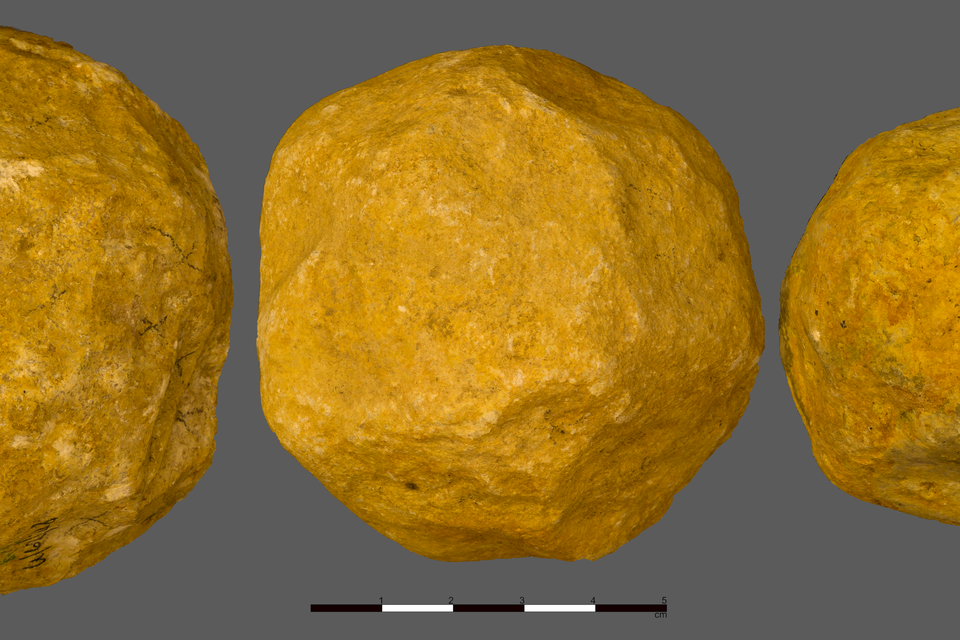According to an examination of ancient stone balls, early people were creating spherical shapes on purpose around 1.4 million years ago and were aware of geometry and symmetry.
Limestone spheroids found at ‘Ubeidiya in Israel (Leore Grosman/The Hebrew University of Jerusalem)
'Ubeidiya, an archaeological site in the Jordan Rift Valley in Israel, produced 150 limestone balls, or spheroids, which were examined by specialists from The Hebrew University of Jerusalem.
The process used to build these spheroids was recreated by the researchers, and they discovered that the patterns on the artifacts were designed with "a preconceived goal to make a sphere" in mind.
The theory that the spheroids were accidental byproducts of other efforts, according to the researchers, is called into question by their findings, which were published in the journal Royal Society Open Science.
The fundamental significance of the finds, according to Antoine Muller, a researcher at The Institute of Archaeology at The Hebrew University of Jerusalem, is that these spheroids from 'Ubeidiya appear to have been built deliberately in order to achieve a spherical.
“This suggests an appreciation of geometry and symmetry by hominins 1.4 million years ago.”
Nearly two million years ago, early humans used spheroids in their daily lives, but it is still unknown exactly what they were used for.
Based on the markings and geometry of the spheroids, the researchers employed 3D analytic techniques and other cutting-edge technology to reconstruct how these perplexing objects were made.
The team surmises that these items may have been purposefully "knapped"—a process that involves striking stone to form it.
The bits of limestone, according to the researchers, were "reduced" to form spherical shapes.
The researchers said that this metamorphosis into a perfect sphere requires extraordinary knapping abilities and a well-defined objective.
The spheroids' function, however, is still unknown.
We still can't be certain of what they were used for, according to Mr. Muller.
“A lot of work needs to be done to narrow down their functionality.”







